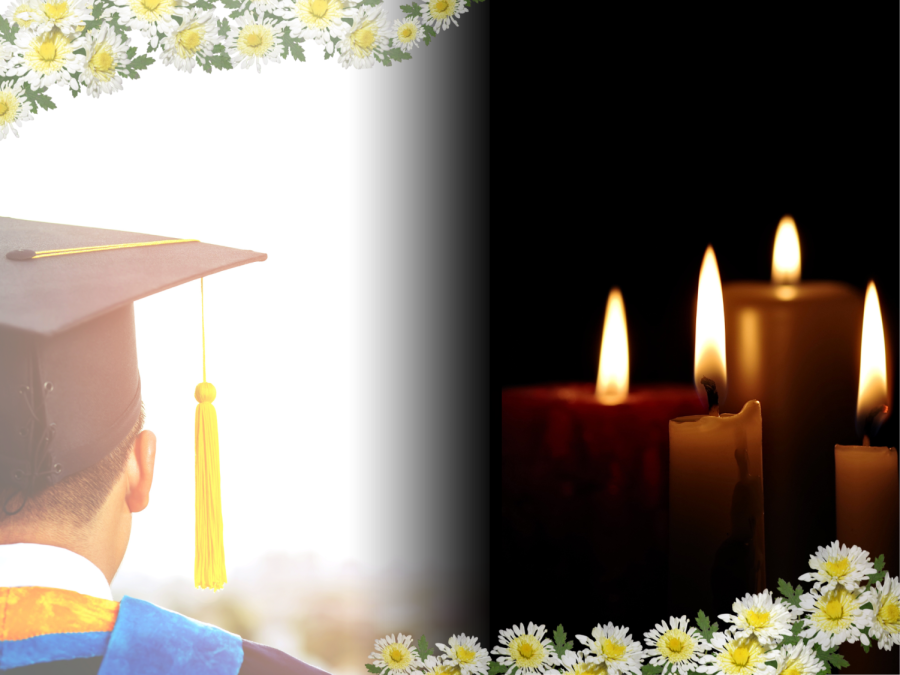Baruch should fund mental health resources in wake of MSU shooting
March 6, 2023
Three students were killed and five wounded after a gunman fired multiple rounds on Michigan State University’s campus on Feb. 13. Unfortunately, this tragedy is not one of its kind, with school shootings rising to the highest number in two decades, according to federal reports.
There needs to be a greater national effort to mitigate the mental health crisis contributing to this alarming trend. As proven by this uniquely American epidemic, the consequences of schools failing to prioritize their students’ mental health can be lethal.
Young people across the country should receive free mental health evaluations distributed by their schools’ health centers or hospitals and clinics. Any red flags demonstrated during a mental health check-up can therefore be investigated in a timely fashion.
These early warning signals can help to avoid school shootings by redirecting potential offenders to services that can help them. Such procedures can also generally improve the collective mental wellbeing of a student body.
Alfred University’s study of violence in schools surmised a list of conditions that produce school shooters, including school bullying and a rocky home-life. The highest-ranked reason was, “They want to get back at those that hurt them.”
Thus, something as simple as a sense of community might prevent a potential offender from feeling as if they are ostracized from society.
As for adult school shooters like the gunmen during the recent fatal shooting at Michigan State University, legislators should increase their jail times to deter future shootings.
“We expect and hope that our college campuses will be safe harbors, places where students can come together to share friendship, exchange ideas and pursue academic excellence,” CUNY Chancellor Félix Matos Rodríguez wrote in a response to the MSU shooting. “They are not supposed to be places where we fear for the loss of life in such a tragic and terrifying fashion.”
He went on to explain that CUNY schools regularly conduct active shooter training and drills and suggest resources for students to take advantage of. However, the available resources are not enough.
Baruch College’s Counseling Center is facing a shortage of workers leading to high wait times. The center currently has two full-time counselors working to address students’ needs. There are four part-time counselors that Baruch will be unable to employ soon due to the suspension of COVID-19 relief funds.
More resources need to circulate within the CUNY school system for students to care for their mental health. Mental health evaluations conducted on a consistent basis can be a life-saving practice.
However, if wait times surpass a week, students will be unable to receive the urgent support necessary for those in crisis or struggling.
Furthermore, CUNY should extend its campus space to accommodate its increased enrollment rates. In Fall 2022, Baruch College welcomed the largest class that it has ever had before, with 2,600 first-year students, 1,800 transfer students and 1,200 graduate students.
According to President S. David Wu’s Fall 2022 Welcome Letter, Baruch’s overall enrollment for last term was around 20,000 students. In Fall 2019, Baruch saw a total enrollment of 18,679 students.
While high attendance rates are great for the school’s ranking and in fulfilling CUNY’s mission of propelling low-income New Yorkers into established middle-class families, the school system needs to expand its resources in accordance.
With more state funding from New York, CUNY students have the campus space to host more events centering around mental health care or community events where students can come together to build friendships.
Additionally, the funding could allow for students to rent rooms where they have the space to conduct self-help practices and exercises like meditation or yoga. The extra space can also allow students to engage in their clubs or practice their religious prayers.
The practice of equipping students with the resources and space to strengthen bonds and build communities is one effective means of counteracting the ongoing mental health crisis. If this move could be replicated by schools nationwide, perhaps the future of school safety wouldn’t seem so bleak.







